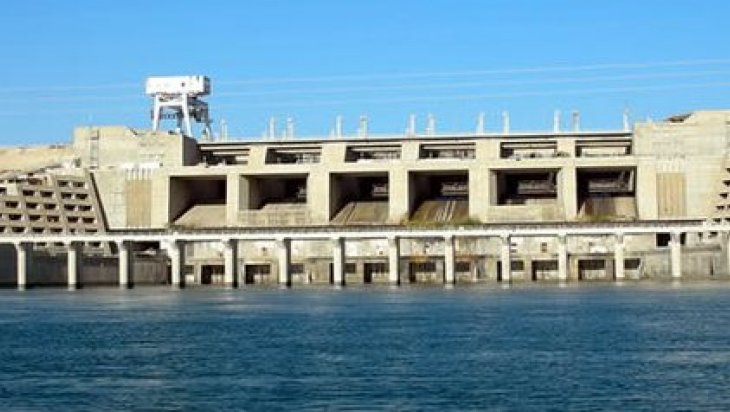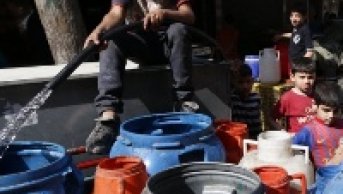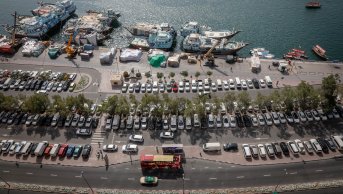Water Resources Becoming a Weapon in Conflicts and Wars: The Case of ISIS's Recent Attacks

While the use of water resources might lead to a conflict among states, communities and towns, water resources might also become a primary target with the aim of weakening and seizing control of the area during wars and conflicts. Thus, they might be of great strategic importance during these periods. As seen in the past, especially dams and pipelines for water conveyance have been among primary targets during conflicts.
Similar examples have been observed in the countries during the Arab Spring. In September 2011, it was seen in Libya that the water pipeline, conveying water to Tripoli, was seized by pro-Gaddafi groups which cut off the water flow by sabotage. According to the UN reports and specialists, Gaddafi used the Great Man-Made River Project as a means of sabotage to prevent the people in Tripoli from accessing water. It was then reported that pipelines were damaged.
A similar case was seen in Syria during the conflict process in September 2012. The main water pipeline in Aleppo was damaged and the people in the city couldn't access drinking water for a long time. In May 2014, Syrian government's artilleries hit the main pipeline supplying Aleppo with water. Being the largest city of Syria, Aleppo was flooded after direct hit on the water pipelines, leaving the city without water. Such attacks being carried out in Syria where the civil war still prevails will worsen the current humanitarian crisis across the country, which will lead to migration flows both within and out of the country.
In Iraq, on the other hand, the Islamic State of Iraq and al-Sham (ISIS) opened floodgates of the Nuaymiyah Dam on the Euphrates river in Felluce, where they seized control, and thus prevented the Iraqi army from getting closer to the city.
ISIS expansion in Iraq, as well as in Syria, has taken control of upper parts of the Euphrates and Tigris rivers after they leave Turkey's borders. Both Euphrates and Tigris are the two major rivers which provide Syria and Iraq with both food, energy, and drinking water. ISIS uses the water structures conveying water to the region as a means to prevent especially Baghdad and the Shiite population living in southern part of the country from accessing water. While ISIS seizes control of Al-Raqqa dam on the Euphrates river within Syrian borders, it also takes control of the Nuaymiyah Dam on the Euphrates river; Mosul dam on the Tigris river and its neighborhood; and the Samarra Dam on western Baghdad within Iraqi borders.
Last week, the Haditha dam on the Euphrates river which is of great importance to generate hydroelectric power was guarded intensely by the Iraqi army forces against ISIS. Any damage to the aforesaid dam which provides 30 percent of Iraq's electric power supply would lead to blackouts in Baghdad and the country would be destroyed to a great extent as a result of flood with the opening of floodgates.
The Euphrates-Tigris rivers flow from Turkey through Syria and Iraq. Both rivers which are of great importance for hydropower generation, agricultural production and industry of all three countries have played an important role on the relations among themselves since 1960s when certain improvements on basin river waters started. While ISIS gained a major strategic advantage by seizing control of the rivers, this situation poses a major threat for those who live in Iraq and Syria in terms of accessing water. Taking control of water resources in the region during dry summer when the water is needed most is as important as seizing control of energy lines and oil wells. Concern has been raised that ISIS' seizing control of the water resources might pose a threat to water safety in both Syria and Iraq.








